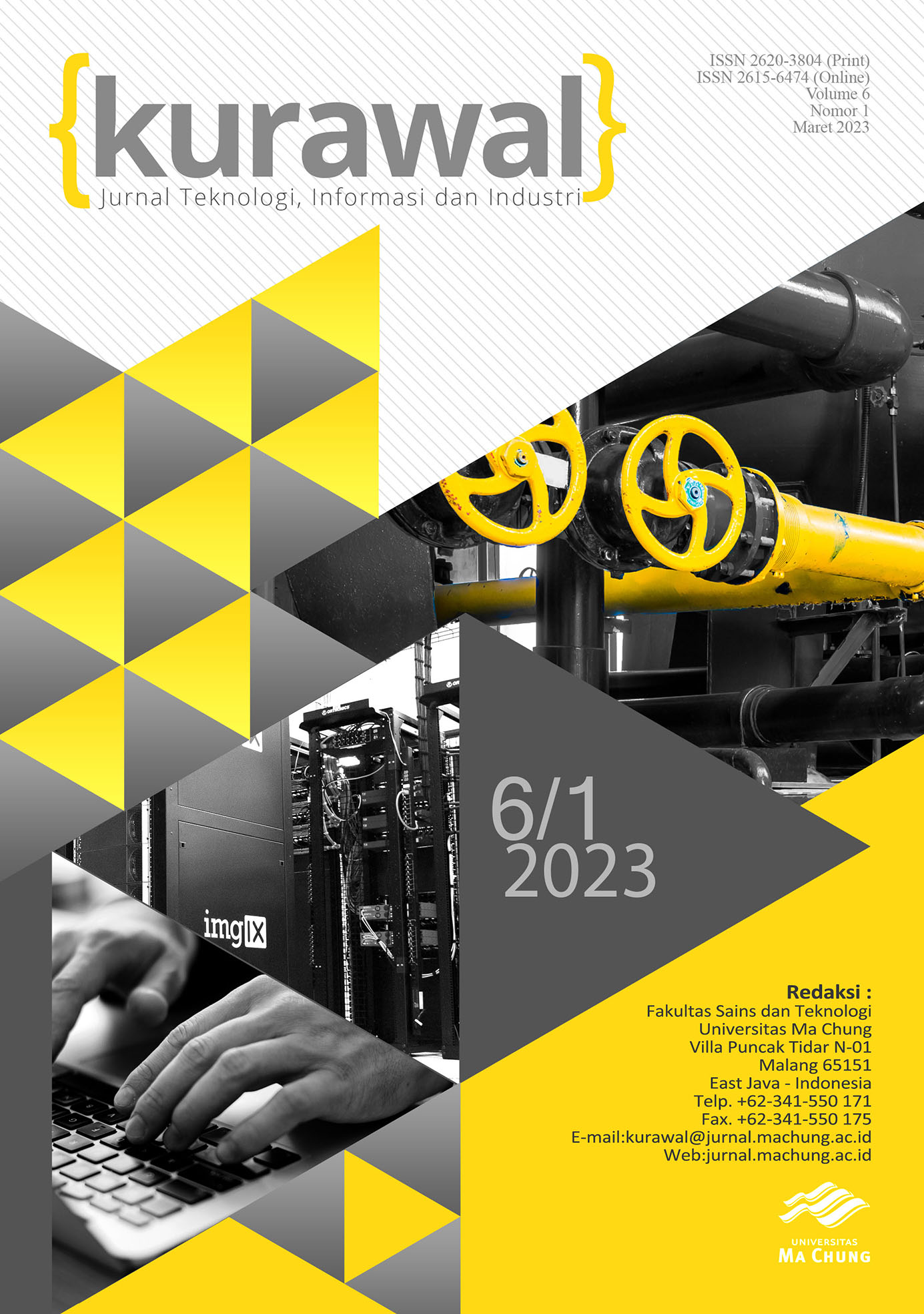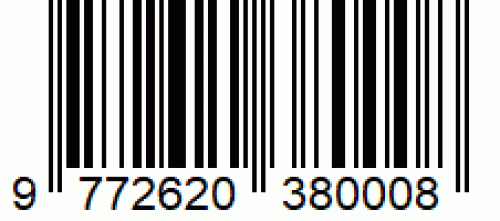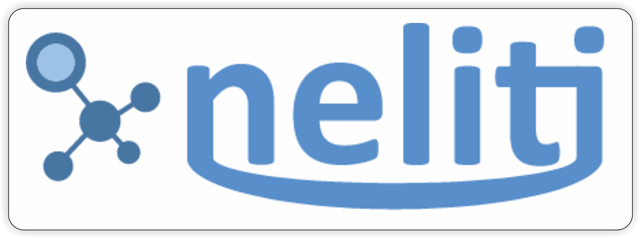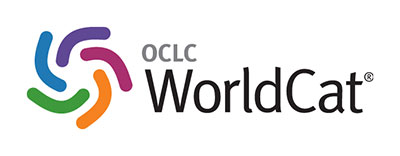ANALISIS KEBUTUHAN SOFTWARE UNTUK SISTEM INFORMASI MANAJEMEN LAYANAN RSUD XYZ
SOFTWARE REQUIREMENT SPECIFICATION STANDARDS
Abstract
RSUD XYZ is currently the only type B educational hospital at the middle level in Mojokerto Regency. The hospital faces challenges including suboptimal services in administration, payment, and health services, inadequate data integration, and minimal data-driven decision-making. To address these issues, there is a need to develop an information system that supports and facilitates daily operational activities. This research focuses on designing and compiling the Software Requirements Specification (SRS) documents for a Hospital Service Management Information System at XYZ Hospital, using the SDLC framework, specifically during the Planning, Requirement Analysis, and Design stages. The development follows the ISO/IEC/IEEE 29148:2018 (E) standard. The analysis has resulted in the creation of seven (7) modules: Outpatient & Emergency Registration, TPPRI, Cashier, Nursing Services, Medical Services, Pharmacy, and Medical Record Manager. Additionally, the research includes an analysis of the database design in terms of logical database requirements, user characteristics, and interface needs, in line with the ISO/IEC/IEEE 29148:2018 (E) standard.
Downloads
References
[2] International Organization for Standardization/ International Electrotechnical Commission/Institute of Electrical and Electronics Engineers, Inc., 2018, International Standard ISO/IEC/IEEE 29148 Systems and software engineering – Life cyvle processes – Requirements engineering, Edisi 2, Geneva, Switzerland.
[3] Sari, R. E.,2015, Sistem Informasi Administrasi Pasien Rawat Jalan dan Rawat Inap Berbasis Web pada Puskesmas Tanjung Raja, Skripsi, Sistem Informasi Universitas Islam Negeri Raden Fatah, Palembang.
[4] Badan Pengembangan dan Pembinaan Bahasa, 2016, Kamus Besar Bahasa Indonesia Edisi Kelima: rawat jalan, rawat inap, anamnesis, asesmen, farmasi, https://kbbi.kemdikbud.go.id [Online], [Accessed: 22-May-2023].
[5] Dewan Perwakilan Rakyat Republik Indonesia (DPR RI), 2009, Undang-Undang Republik Indonesia Nomor 44 Tahun 2009: Rumah Sakit, DPR RI, Jakarta.
[6] Dewan Perwakilan Rakyat Republik Indonesia (DPR RI), 2009, Undang-Undang Republik Indonesia Nomor 29 Tahun 2009: Praktik Kedokteran, DPR RI, Jakarta.
[7] Kementerian Kesehatan Republik Indonesia, 2013, Kamus: Rekam medis (medical records), Triage = Triase, https://www.kemkes.go.id/folder/view/full-content/structure-kamus.html [Online], [Accessed: 23-May-2023].
[8] Kementerian Kesehatan Republik Indonesia, 2011, Peraturan Menteri Kesehatan Republik Indonesia Nomor 1691 Tahun 2011: Keselamatan Pasien Rumah Sakit, Kementerian Kesehatan, Jakarta.
[9] Dewan Perwakilan Rakyat Republik Indonesia (DPR RI), 2014, Undang-Undang Republik Indonesia Nomor 38 Tahun 2014: Keperawatan, DPR RI, Jakarta.
[10] Kementerian Kesehatan Republik Indonesia, 2019, Peraturan Menteri Kesehatan Republik Indonesia Nomor 26 Tahun 2019: Peraturan Pelaksanaan Undang-Undang Nomor 38 Tahun 2014 tentang Keperawatan, Kementerian Kesehatan, Jakarta.
[11] Dewan Perwakilan Rakyat Republik Indonesia (DPR RI), 2014, Undang-Undang Republik Indonesia Nomor 36 Tahun 2014: Tenaga Kesehatan, DPR RI, Jakarta.
[12] Supardi, M. and Andreansyah, T., 2020, Sistem Informasi Rumah Sakit Berbasis Web pada Rumah Sakit Pratama Sukajadi dengan Metode Prototype, Skripsi, Sistem Informasi STMIK PalComTech, Palembang.
[13] International Council on Systems Engineering (INCOSE), Institute of Electrical and Electronics Engineers Systems Council (IEEE-SYSC), and Stevens Institute of Technology, 2022, Guide to the Systems Engineering Body of Knowledge (SEBoK), version 2.7, Edisi 24.
[14] Visual Paradigm, What is Activity Diagram?, https://www.visual-paradigm.com/guide/uml-unified-modeling-language/what-is-activity-diagram/ [Online], [Accessed: 26-May-2023].
[15] Visual Paradigm, What is Entity Relationship Diagram (ERD)?, https://www.visual-paradigm.com/guide/data-modeling/what-is-entity-relationship-diagram/ [Online], [Accessed: 26-May-2023].

Open Access Policy
This is an open-access journal which means that all content is freely available without charge to the users or their institution. Users are allowed to read, download, copy, distribute, print, search, or link to the full texts of the articles, or use them for any other lawful purpose, without asking prior permission from the publisher or the author. This is in accordance with the BOAI definition of open access.
This work is licensed under Creative Commons Attribution-ShareAlike 4.0 International



















